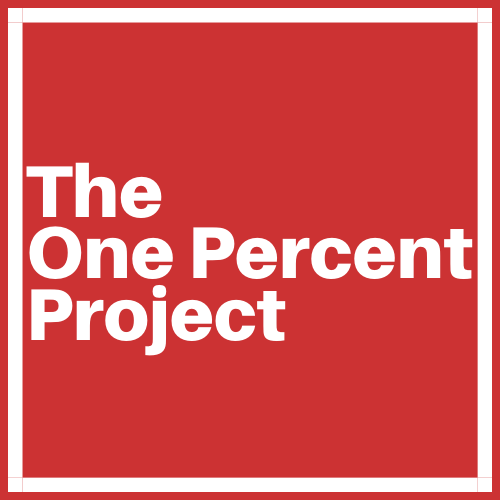Episode 48: Mini-Series- Haldiram’s- India’s No.1 snack company
About Haldiram’s:
Hello everyone, I am kicking off a mini-series based on the research I do for The One Percent Project conversations.
Prep for every guest conversation leads me into some fascinating rabbit holes about people, companies and industries. So, I plan to share some of these stories and insights through this mini-series. I hope you enjoy them. Here is the first one.
While doing my research on Ahana Gautam and Open Secret, which is on a mission to un-junk the Indian snack industry, I stumbled upon the Namkeen Industry of India. Namkeen in Hindi means snack. It is a $ 15 billion industry in India. No conversation on namkeens would be complete without mentioning, Haldiram's, India's No.1 Namkeen brand. Haldiram's 85+ years of history is an MBA in itself. It is fascinating to learn how Gangabhishenji Agarwal, fondly known as Haldiram, in 1918 kicked off the making of a Rs 5000 Cr, USD ~600M, brand, which is now a household name in India.
Haldiram was a school dropout who started working at his father's bhujia shop early in his life and eventually became an outlier among ~300 other bhujia sellers in Bikaner through product innovation, branding, marketing, pricing and opportunistic expansion.
Production Innovation:
Haldiram started his journey from his family snack stall in Bhujiya Bazar in Bikaner. He reinvented his aunt's bhujia recipe to what we know as Haldiram's bhujia. He made it with moth beans, a type of lentil. This changed the taste and made the bhujia more crispy. The new bhujia was an instant hit among consumers.
Branding/ Marketing:
He named the bhujia "Dungar Sev" after the name of then popular Maharaja Dungar Singha. Here is a great example of Influencer Marketing from the 1930s.
Pricing:
Bhujia was a commodity. But given the popularity of "Dungar Sev", Haldiram raised the price from 2 paise/kg to 5 paise/kg. It made Haldiram's bhujia a premium product, and sales kept growing.
Expansion:
From 1937 to 2000, Haldiram's had grown to 4 cities Bikaner, Calculta, Nagpur and Delhi. Expansion into Nagpur was a challenge and an opportunity. Nagpur or the whole of Maharashtra, a state in India, in the 1960s, was not interested in bhujia and was not exposed to many snacks.
In the 2000s, they diversified into sweets, which brought the next age of growth for Haldiram's. They went on to add 400+ products which include snacks, sweets, cookies, pickles and much more. They also went international and set up a base in the US, Canada, UK, UAE, Sri Lanka and Thailand.
Today, Haldiram's valuation has crossed $3 Billion, and the business has now spread to 80+ countries. Haldiram's present-day success is not only the outcome of Gangabhisenji's courage to break out and try something new but also the vision his sons and grandsons have had in this 85-year journey. I will stop there; let you ponder how a bhujia wala from Bikaner landed up, creating a Namkeen empire. However, the journey of building the empire has not been a straight line. If you found this interesting, refer to Ajuniorvc.com‘s blog on Haldiram's and the book Bhujia Barons.
If you liked this mini-episode, share it with someone who would find it valuable. You can drop me a line at pritish@onepercent.live and tell me how else will be interesting to look into. Until next time.
Listen on:
Spotify | Youtube | Apple Podcasts | Google Podcasts | JioSaavn
Three ways to support the podcast:
#1 Share the episode with family and friends on social media with #OnePercentProj using the share button on the site.
#2 Take a few seconds to give us a rating on Apple Podcasts. This helps new folks find us organically. Rate
#3 Leave a review if you feel inclined. We read every single message and love feedback. Review
